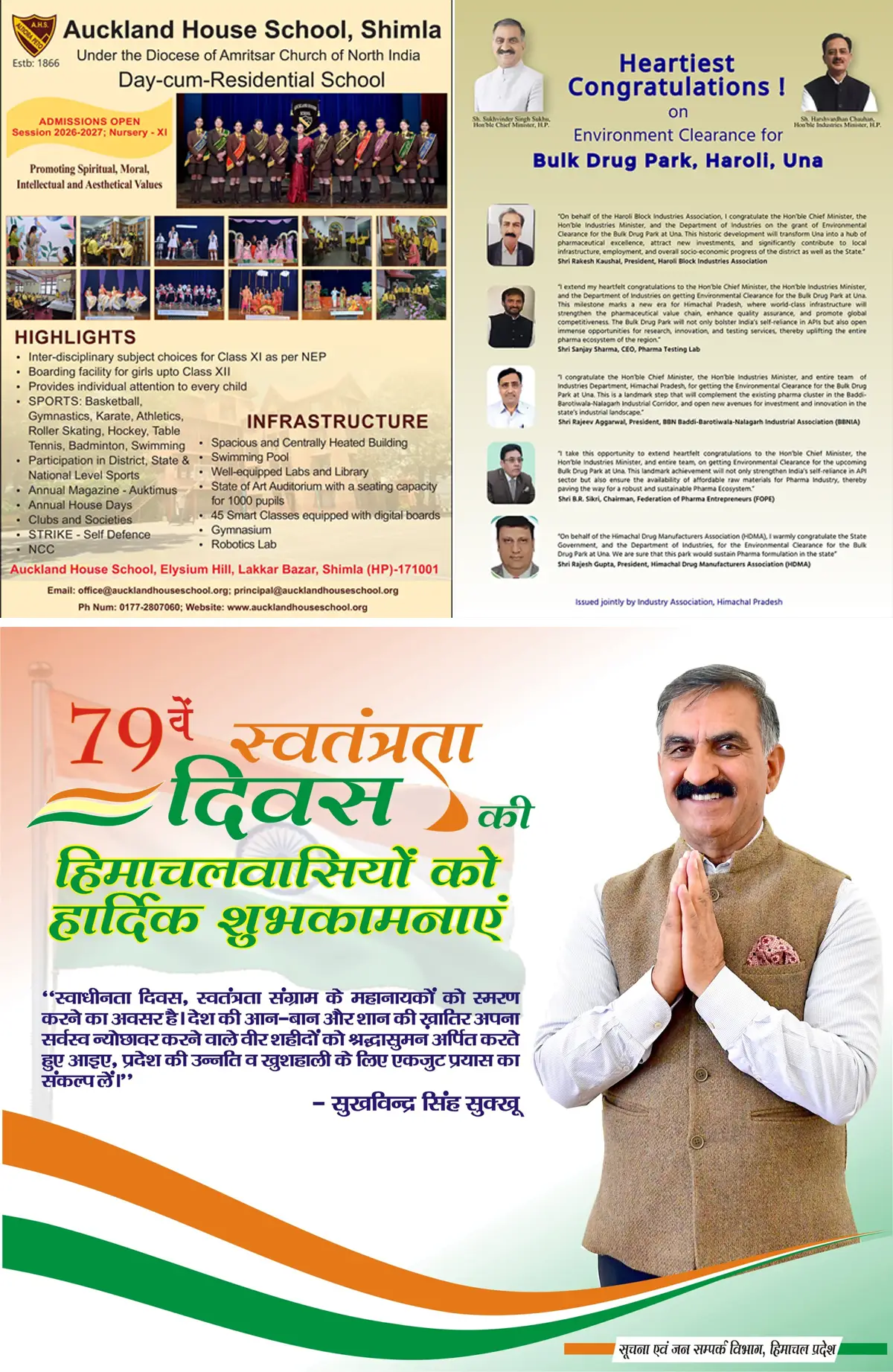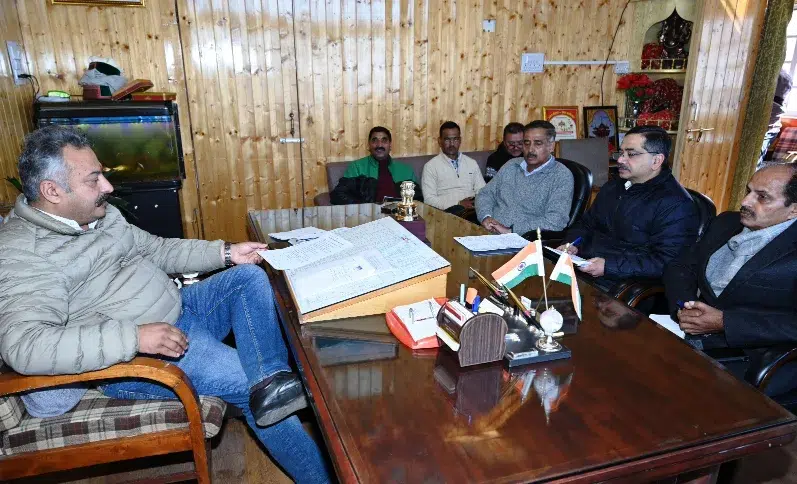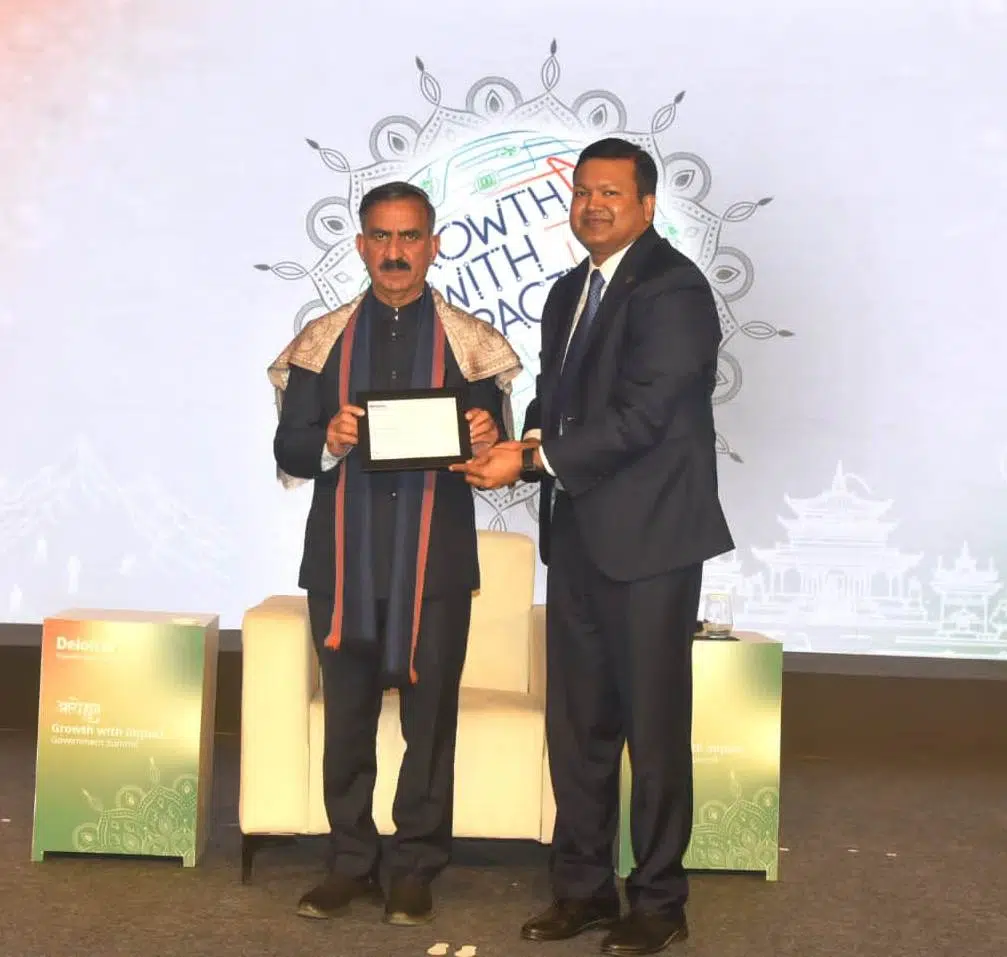Book launched on Himalayan Shepherds and wild edible fruits
2 min readSolan, March 30
Dr. Radha, a promising young scientist and Assistant Professor at the School of Biological Sciences at Shoolini University, has recently authored a book titled “Ethnobotanical Explorations: A Guide to Wild Edible Fruits Used by Migratory Shepherds in the Himalayan Region”. The book provides a comprehensive guide to the wild edible fruits utilized by these shepherds and delves into the ecological and social factors that influence their accessibility and usage.
Through meticulous fieldwork and interviews with migratory shepherds, Dr. Radha’s book offers a compelling perspective on the traditional relationship between people and nature in the Himalayas. It elucidates the nutritional value, cultural significance, and diverse applications of these wild edible fruits, emphasizing the potential for sustainable harvesting and management of these precious resources.
Dr. Radha’s exceptional research endeavors are evidenced by her publication of 76 high-quality research articles in collaboration with prestigious institutions such as East Carolina University USA, National Autonomous University of Mexico, Clemson University, South Carolina, and Wolaita Sodo University, Ethiopia. The book represents a vital contribution to the field of ethnobotany, likely to captivate the attention of anyone interested in traditional knowledge systems, sustainable resource management, and the dynamic interplay between humans and the natural world.
The book also features contributions from Dr. Manoj Kumar, a Scientist (Plant Biochemistry) at ICAR–Central Institute for Research on Cotton Technology, Mumbai, India, and Dr. Mamta Thakur, an Assistant Professor at the Vallabh Government College Mandi, Himachal Pradesh, India.
Prof. Sunil Puri, Dean of Academic Affairs cum Registrar at the Shoolini University, lauds Dr. Radha’s research achievements, which serve as an inspiration to aspiring researchers.
This book promises to be a valuable resource for researchers, conservationists, and anyone interested in understanding the intricate relationship between humans and the natural world, especially in the Himalayan region.






